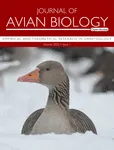BTO Research Reports are scientific papers that have been self-published by the BTO. The following is a full list of the published BTO research reports. Most are free to download, and links to Abstracts are included where possible.
Numbers missing from the list are those allocated but which were never produced or which have not been published. BTO recognises that, particularly in respect of commercially sensitive cases, a period of confidentiality is appropriate for some projects. However, in the interests of scientific development and dissemination of information, we encourage clients to permit publication as soon as it is reasonable to do so.
- If you wish to purchase a physical copy of a report please contact researchreports@bto.org.
- More information about our Annual Service reports to JNCC 1992-2005.
Assessment of recent Hen Harrier population trends in England through population modelling
This study uses a population modelling approach to explore the effects of changes in rates of productivity, survival, and settlement on population growth in the English population of Hen Harriers.
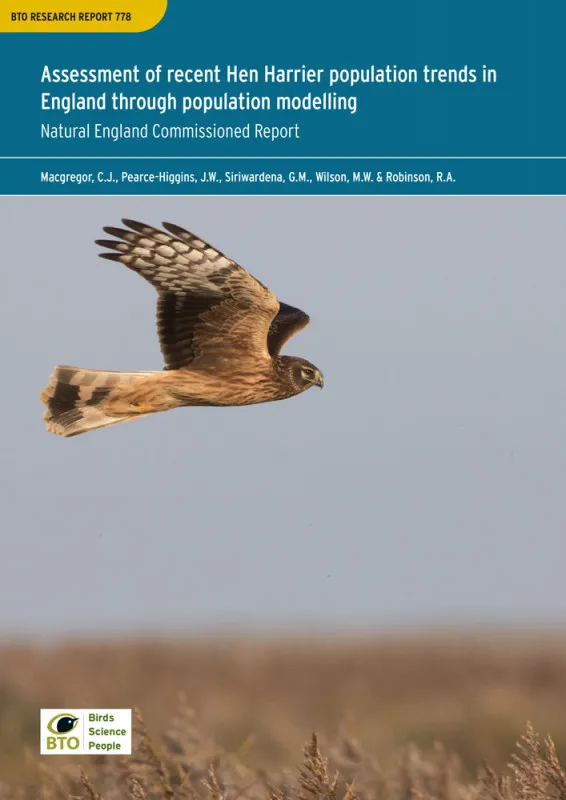
Search
Evaluating protected area coverage for migratory bird species across space and time
Author: Border, J.A., Pearce-Higgins, J.W., Hewson, C., Howard, C., Stephens, P.A., Willis, S.G., Fuller, R.A., Hanson, J.O., Sierdsema, H., Foppen, R.B.P., Brotons, L., Gargallo, G. & Baillie, S.R.
Published: 2025
BTO-led research highlights that Afro-Palearctic migratory bird species lack consistent protection during their time in Europe.
20.02.25
Papers

Extreme migratory connectivity and mirroring of non-breeding grounds conditions in a severely declining breeding population of an Afro-Palearctic migratory bird
Author: Kirkland, M., Annorbah, N.N.D., Barber, L., Black, J., Blackburn, J., Colley, M., Clewley, G., Cross, C., Drew, M., Fox, O.J.L., Gilson, V., Hahn, S., Holt, C., Hulme, M.F., Jarjou, J., Jatta, D., Jatta, E., Mensah-Pebi, E., Orsman, C., Sarr, N., Walsh, R., Zwartz, L., Fuller, R.J., Atkinson, P.W. & Hewson, C.M.
Published: 2025
BTO research uses tracking data to demonstrate that Nightingales breeding in the UK have an unusual degree of migratory connectivity to their non-breeding range in West Africa, with wider implications for both the UK conservation of this fast-declining species and for the conservation of migratory species in general.
29.01.25
Papers
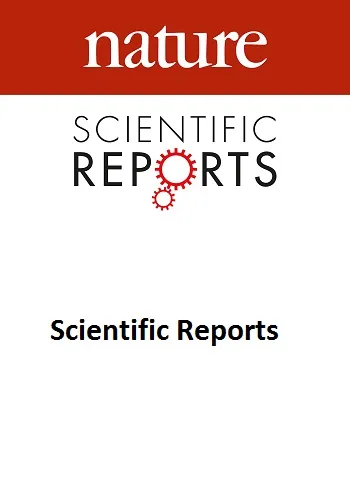
Cumulative barriers to renewable energy development: can we adjust our perspective and approach to benefit biodiversity?
Author: Cook, A.S.C.P., Masden, E.A., Humphreys, E.M. & Pearce-Higgins, J.W.
Published: 2025
25.01.25
Papers
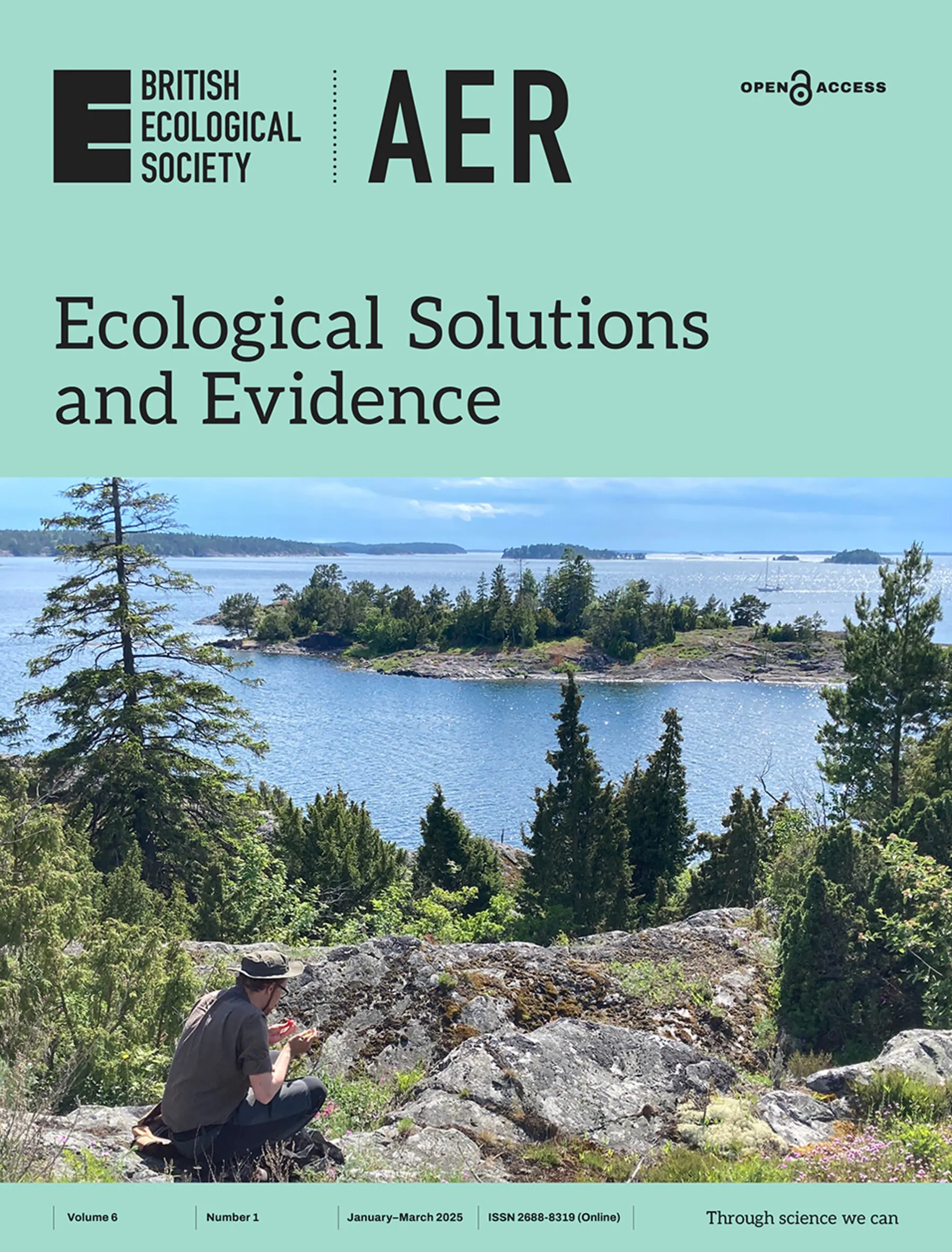
Tree taxon effects on the phenology of caterpillar abundance and biomass
Author: Macphie, K.H., Samplonius, J.M., Hadfield, J.D., Pearce-Higgins, J.W. & Phillimore, A.B.
Published: 2024
Changes to the timing of spring events are some of the most obvious and highly documented responses to climate change. Differences in the response of timing between interacting groups, such as predators and prey, have the potential to leave some ‘mismatched’, meaning predators lack access to resources on which they rely.
31.12.24
Papers
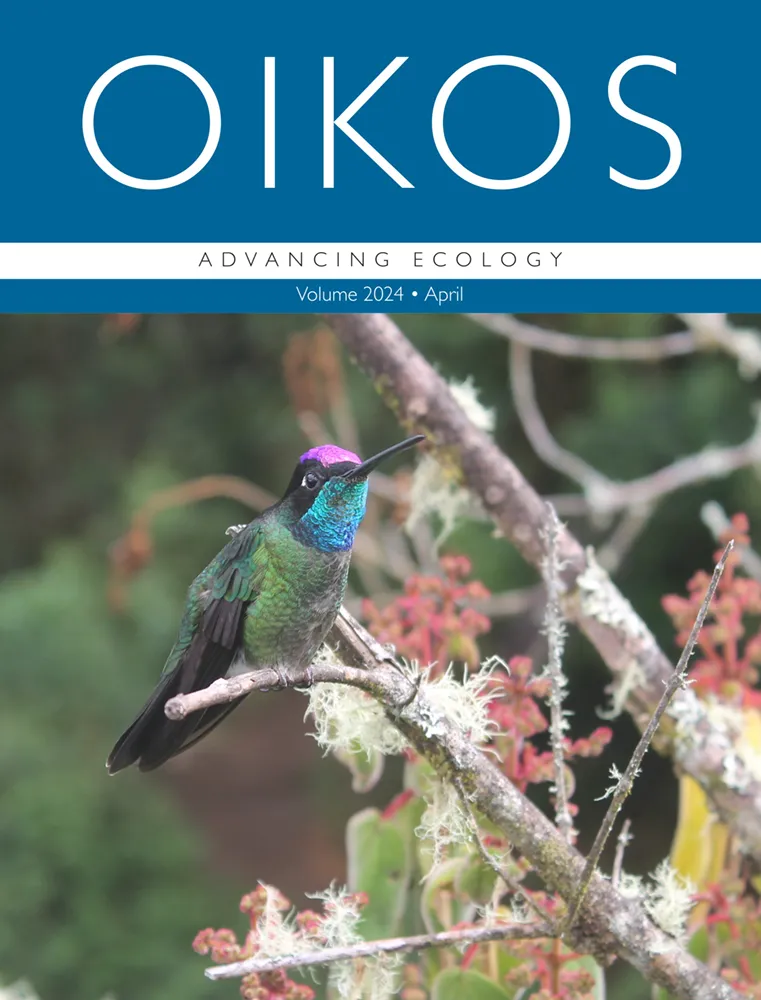
Factors influencing nest site selection in a rapidly declining shorebird, the Eurasian curlew
Author: Rivers, E.M., Short, M.J., Page, A., Potts, P.M., Hodder, K., Hoodless, A., Robinson, R. & Stillman, R.
Published: 2024
The Curlew is Britain’s largest wader; it is also one of its most threatened. Previous BTO research has shown that this is largely due to the number of chicks fledged that are able to survive to reach breeding age. In this case, if we are to help improve the situation for the Curlew, then we need to understand the factors that influence their breeding success.
30.12.24
Papers
